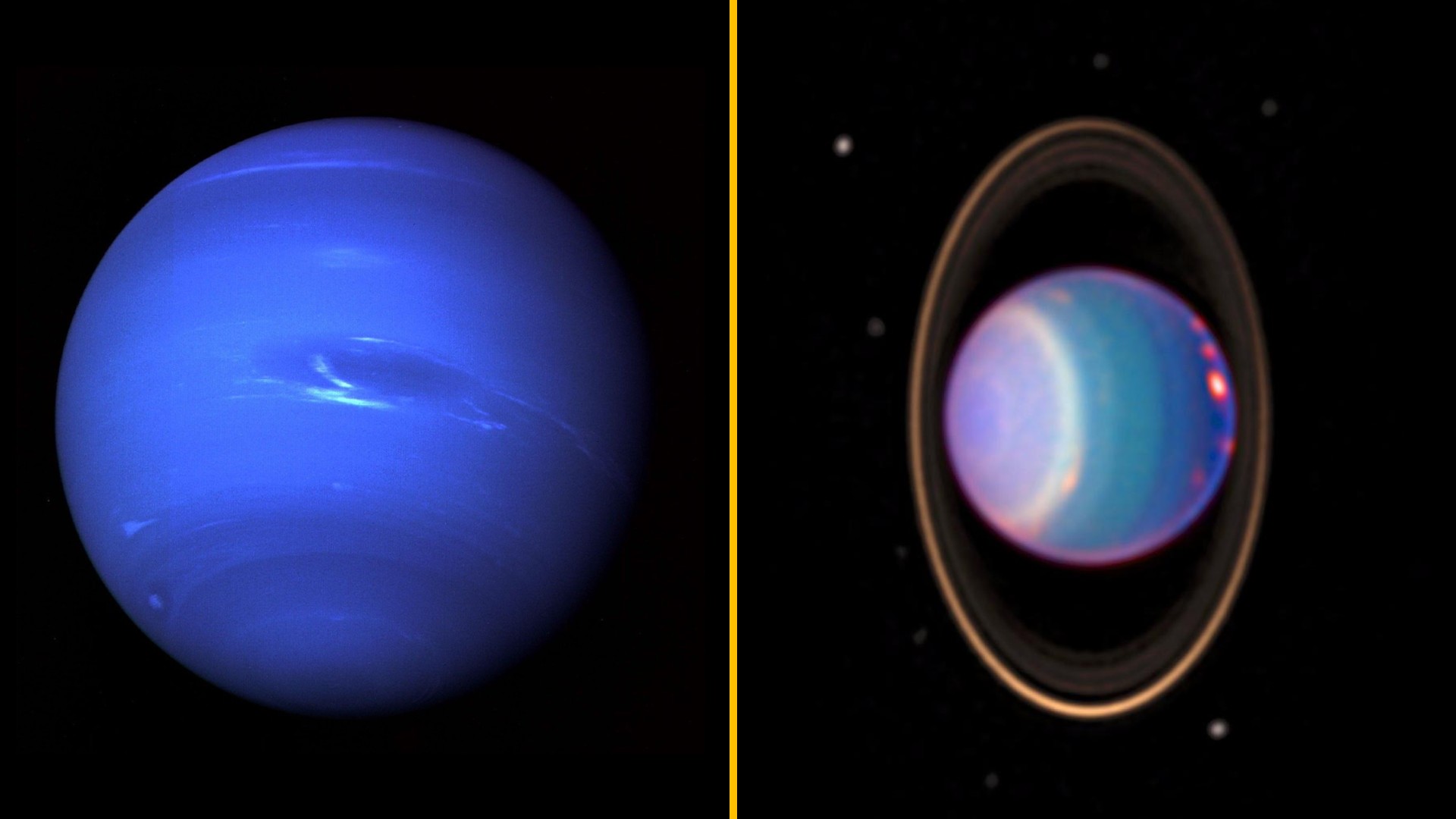Watch a gargantuan fireball tumble over New York in the dead of night
Thousands of fireballs fall over Earth every day — but few light up like this.
On Sunday (Aug. 28) a fireball streaked across the sky over the northeastern United States, amazing hundreds of stargazers as the hurtling ball of flame briefly lit up the night.
At least 120 witnesses reported the fireball to the American Meteor Society (AMS), a nonprofit organization that collects reports of meteor sightings around the world. One witness, Eric Lofrgen of Palmyra, New York, fortuitously managed to record the fireball's 5-second approach with his vehicle dashcam. You can watch the brief blaze, courtesy of Lofgren and the AMS, in the video clip above.
Fireballs are a bright class of meteor — a falling space rock that catches fire while plunging through Earth's atmosphere. Meteors qualify as fireballs when their magnitude (or brightness) exceeds minus 4, which is the same magnitude as the planet Venus in the morning or evening sky, according to the AMS. For comparison, the full moon has a magnitude of minus 12.6, while the sun has a magnitude of minus 26.7.
Fireballs are extremely common, if easy to miss. Several thousand fireballs fall toward Earth every day, according to AMS, though a huge majority of these fall over oceans and uninhabited areas, or are simply masked by the brightness of day. Most of these meteors burn up completely in the atmosphere. Typically, a fireball must have a greater magnitude than minus 8 to stand a chance of crashing into Earth as a meteorite, AMS added. A brighter object typically denotes a larger object, which is more likely to survive the trip through the atmosphere.
It's hard to say how big and bright the meteor that fell over the northeastern U.S. on Sunday was, as the fireball's apparent magnitude changes based on its distance from the observer. Witnesses estimated that the fireball had a magnitude anywhere from zero to minus 26 — meaning some observers saw a ball that shone almost as brightly as the sun.
Reports of the fireball came in from dozens of cities across several states, including New York, Pennsylvania, Virginia, Maine and the provinces of Ontario and Quebec in Canada. Most witnesses estimated that the fireball remained overhead for between 1.5 and 3.5 seconds around 8:48 p.m. (ET).
Originally published on Live Science.
Get the world’s most fascinating discoveries delivered straight to your inbox.

Brandon is the space / physics editor at Live Science. With more than 20 years of editorial experience, his writing has appeared in The Washington Post, Reader's Digest, CBS.com, the Richard Dawkins Foundation website and other outlets. He holds a bachelor's degree in creative writing from the University of Arizona, with minors in journalism and media arts. His interests include black holes, asteroids and comets, and the search for extraterrestrial life.



